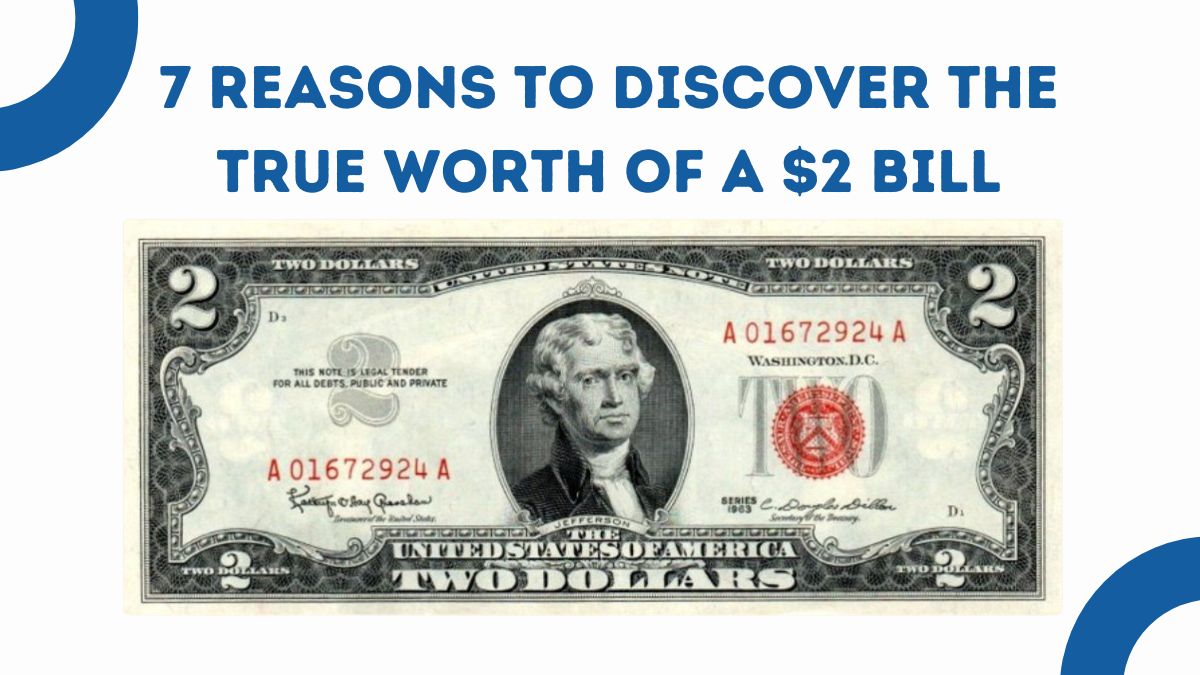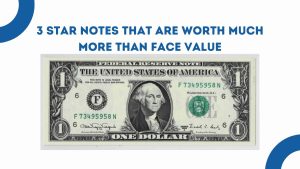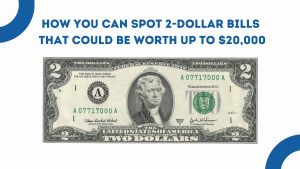The $2 bill often gets overlooked in everyday transactions, but this unique U.S. currency has intrinsic value that goes far beyond its face value. Whether you’ve found one in your wallet or are curious about its worth, there are several reasons why the $2 bill can be worth significantly more than its nominal value.
In this article, we’ll explore 7 reasons why you should discover the true worth of a $2 bill and how certain factors can make it a valuable collector’s item.
1. Historical Significance
The $2 bill has a fascinating history that dates back to 1862 when it was first issued during the Civil War. While it has never been as popular as other denominations like the $1 bill or $5 bill, the $2 bill has played an important role in the nation’s currency system.
The bill’s history makes it a collectible item, especially for those who appreciate the historical context of U.S. currency.
Why It’s Valuable:
- Historic Appeal: The $2 bill carries historical significance as part of U.S. monetary history, and this appeal often adds value to rare editions.
- Low Circulation: The bill is rarely circulated, making older versions more valuable.
Approximate Value:
Old and rare $2 bills can be worth several hundred dollars, depending on their condition and rarity.
2. Limited Production
The $2 bill is rarely printed, and many people are unfamiliar with it. Because it is printed in limited quantities compared to other bills, it’s not as commonly found in circulation. This limited production makes it a more rare and coveted item for collectors.
Why It’s Valuable:
- Rarely Circulated: Due to its limited production, the $2 bill is less likely to be found in everyday transactions.
- Scarcity: As a result, its rarity boosts demand among collectors.
Approximate Value:
The $2 bill in good condition can fetch a premium of up to $10 to $100, depending on the specific edition.
3. Special Edition Bills
Some $2 bills are part of special editions, including those released to commemorate historical events or milestones. For example, series 1976 notes were issued to celebrate the 200th anniversary of the United States. These special edition bills are highly sought after, especially if they have unique characteristics or errors.
Why It’s Valuable:
- Special Editions: Bills issued for commemorative events often hold a greater collector’s appeal.
- Minting Errors: Some $2 bills have errors, making them rare and highly collectible.
Approximate Value:
Special edition $2 bills can be worth several hundred to thousands of dollars depending on the rarity and condition.
4. Minting Errors
Minting errors can add significant value to a $2 bill. These errors occur when the bill is printed with some form of mistake, such as misprints, double prints, or incorrect serial numbers. These mistakes make the bill highly desirable to error collectors who are willing to pay top dollar for unique currency.
Why It’s Valuable:
- Error Coin Collecting: Collectors are drawn to misprinted bills because they are one-of-a-kind and can be worth a lot of money.
- Extremely Rare: Minting errors on $2 bills are relatively uncommon, increasing the rarity of such items.
Approximate Value:
Depending on the minting error, the $2 bill can be worth hundreds to thousands of dollars.
5. Star Notes and Replacement Bills
Star notes are replacement bills issued by the U.S. Treasury when a bill becomes damaged or worn out during the printing process. The star next to the serial number indicates that the bill is a replacement for a misprinted or damaged note. Star notes are generally rarer than regular bills, making them more valuable, especially for $2 bills.
Why It’s Valuable:
- Star Notes: These notes are typically rarer and more sought after than regular bills due to their scarcity.
- Collector Interest: Many collectors specialize in star notes, particularly those from lower-denomination bills like the $2 bill.
Approximate Value:
Star notes for $2 bills can often fetch two to three times their face value, with some rare examples going for much higher.
6. Misprints and Serial Numbers
In rare cases, $2 bills may be printed with misprinted serial numbers or printing flaws, making them unique and highly valuable to collectors. Additionally, certain low serial numbers (such as those starting with 000001) are considered highly desirable and can dramatically increase the value of the bill.
Why It’s Valuable:
- Misprints and Serial Numbers: Bills with low serial numbers or misprints are extremely rare, which increases their desirability among collectors.
- Unique Features: Special serial numbers like binary numbers (e.g., 12345678) can also add value to a $2 bill.
Approximate Value:
$2 bills with rare serial numbers or misprints can range from $50 to several thousand dollars, depending on the uniqueness of the feature.
7. Cultural Appeal
Over the years, the $2 bill has developed a unique cultural appeal, partly due to its association with good luck and being an uncommon denomination. Many people collect $2 bills because they are considered to be lucky or a way to mark special occasions.
Why It’s Valuable:
- Cultural Significance: The $2 bill holds special meaning for many, making it a desirable collector’s item.
- Popularity: The $2 bill is seen as a symbol of prosperity and wealth in various cultures.
Approximate Value:
Although $2 bills may not always be worth more than face value, special edition and error bills can fetch up to hundreds of dollars.
Reasons Why a $2 Bill Could Be Worth More
| Reason | Details | Approximate Value |
|---|---|---|
| Historical Significance | U.S. currency with historic importance | Up to $100 for old bills |
| Limited Production | Rarely circulated and printed in limited quantities | Up to $100 |
| Special Edition Bills | Commemorative and unique bills | Up to $500 |
| Minting Errors | Misprints, die errors, and serial number issues | Up to $1,000 or more |
| Star Notes and Replacement Bills | Replacement bills with star markings | Up to $500 |
| Misprints and Serial Numbers | Rare serial numbers or misprints | Up to $1,000 |
| Cultural Appeal | Symbolic or lucky coin | Up to $100 |
FAQs
Q1: Are all $2 bills valuable?
A1: Not all $2 bills are valuable. Rare bills, such as those with errors, special editions, or star notes, tend to be worth more than the standard face value.
Q2: How can I tell if my $2 bill is rare?
A2: Look for minting errors, star notes, low serial numbers, and special editions. Bills that are well-preserved or have unique features are typically more valuable.
Q3: How do I sell a rare $2 bill?
A3: You can sell a rare $2 bill through coin dealers, online auction platforms, or numismatic conventions. For the best price, it’s recommended to have the coin graded by a professional service.
Q4: Why are $2 bills so rare?
A4: $2 bills are rarely used in circulation, making them scarce. Their low production numbers and limited use in transactions have made them more valuable as collector’s items.
Q5: How much can a rare $2 bill be worth?
A5: A rare $2 bill can be worth anywhere from $100 to several thousand dollars, depending on its condition, rarity, and whether it has special features such as errors or low serial numbers.
Conclusion
The $2 bill is a unique and valuable piece of U.S. currency that is often overlooked but can be worth much more than its face value. Whether it’s the result of minting errors, low production, or historical significance, the $2 bill can offer substantial value to those who know where to look.
If you have any $2 bills in your collection, it might be worth taking a closer look to discover the hidden treasure within!





I have
I have as well. From the phillippines where I can possibly sell my coin like this?
I have a few silver certificates how much are they worth
I have two dollar bills. One of them being a commemorative it has the colors on it.
Being that it is a pretty colorful 2 dollar bill.
What does something like this be worth?
I do have other bills that are star notes $100,00 bill
$20.00 dollar star $1.00 star notes also.